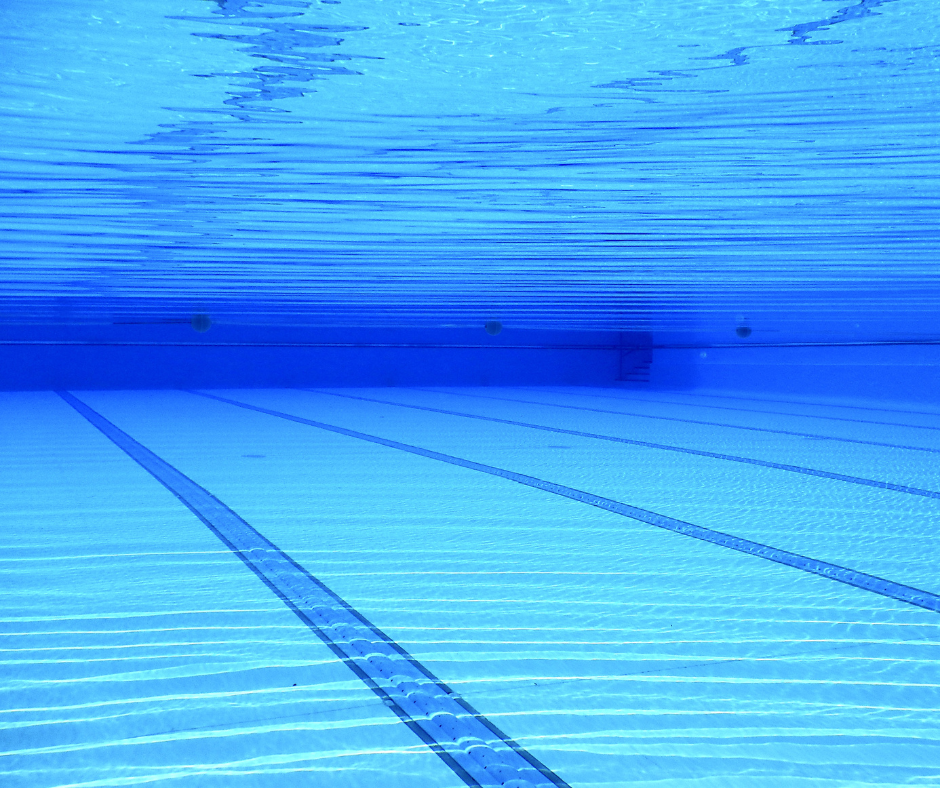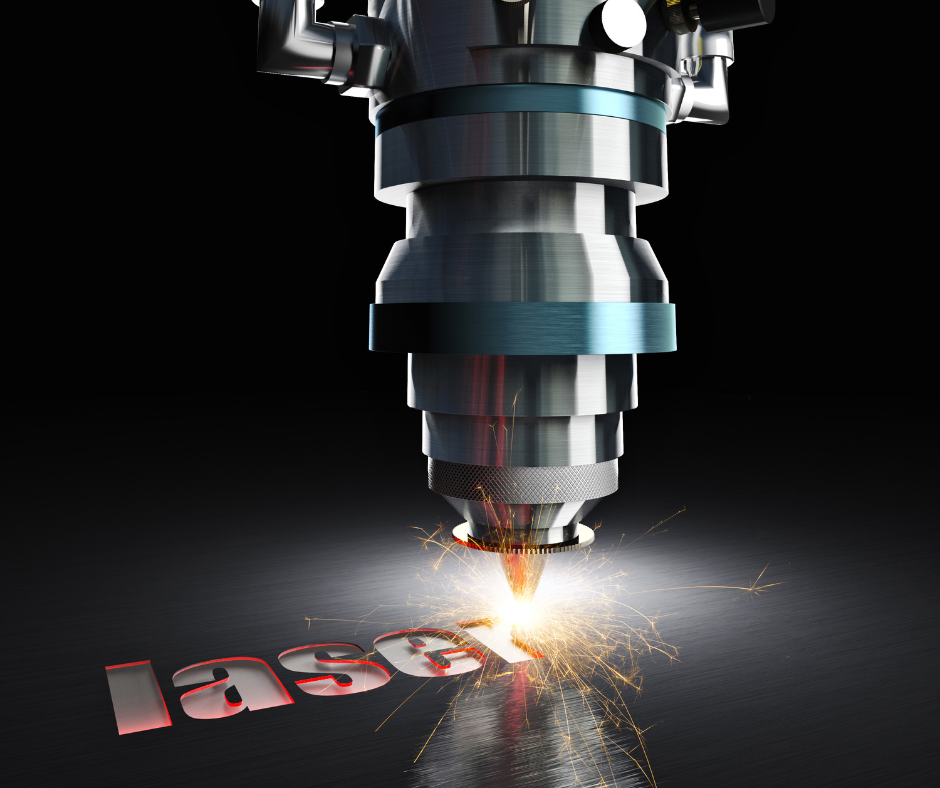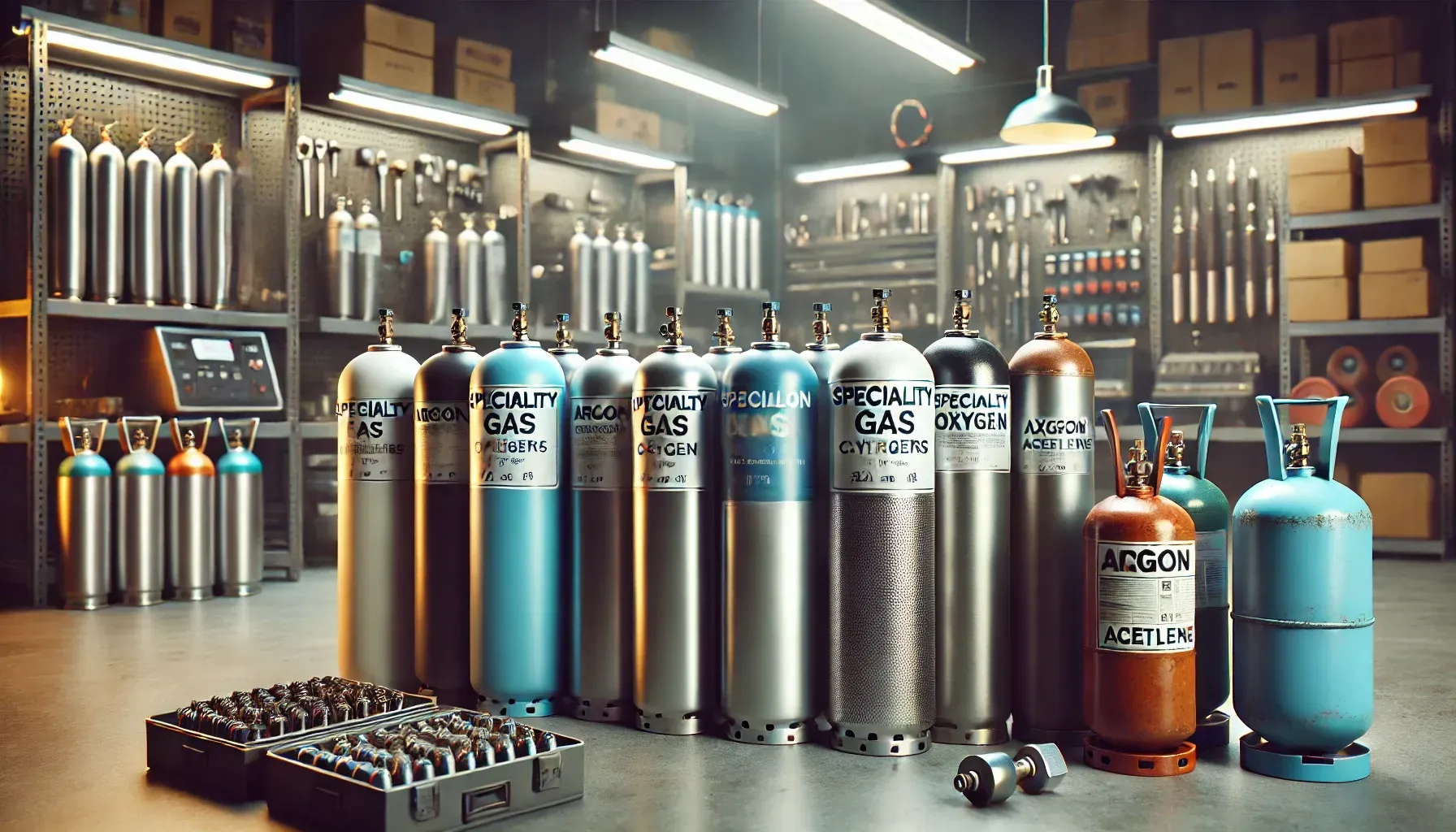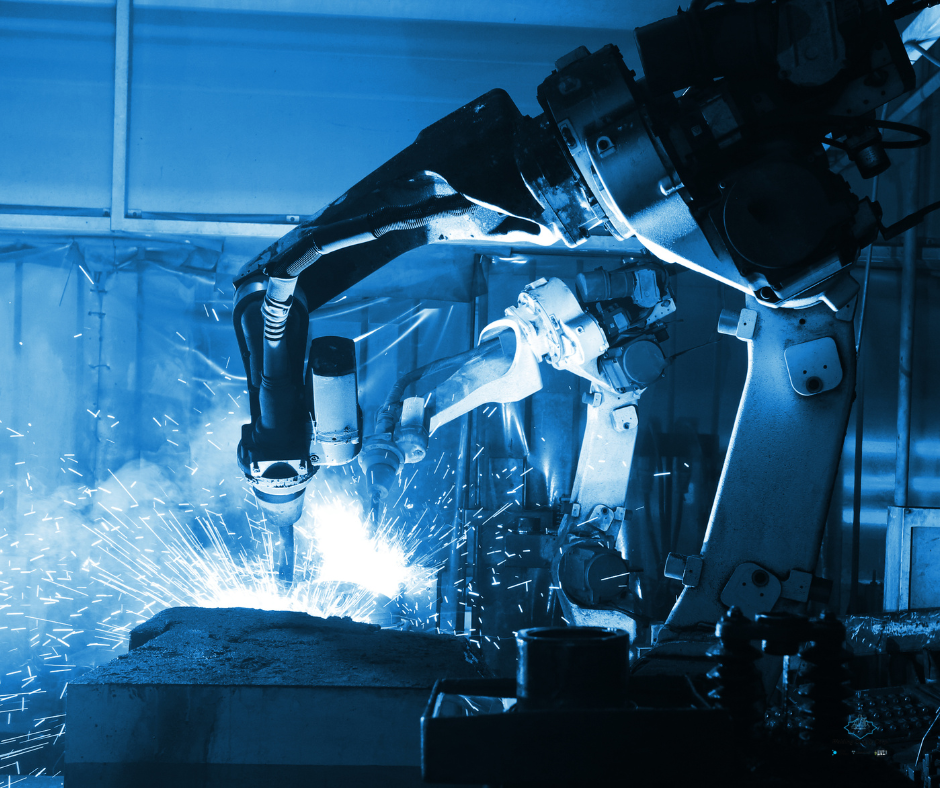The Growing Need for Cryogenic Gases Heading into 2024
The Growing Need for Cryogenic Gases Heading Into 2024
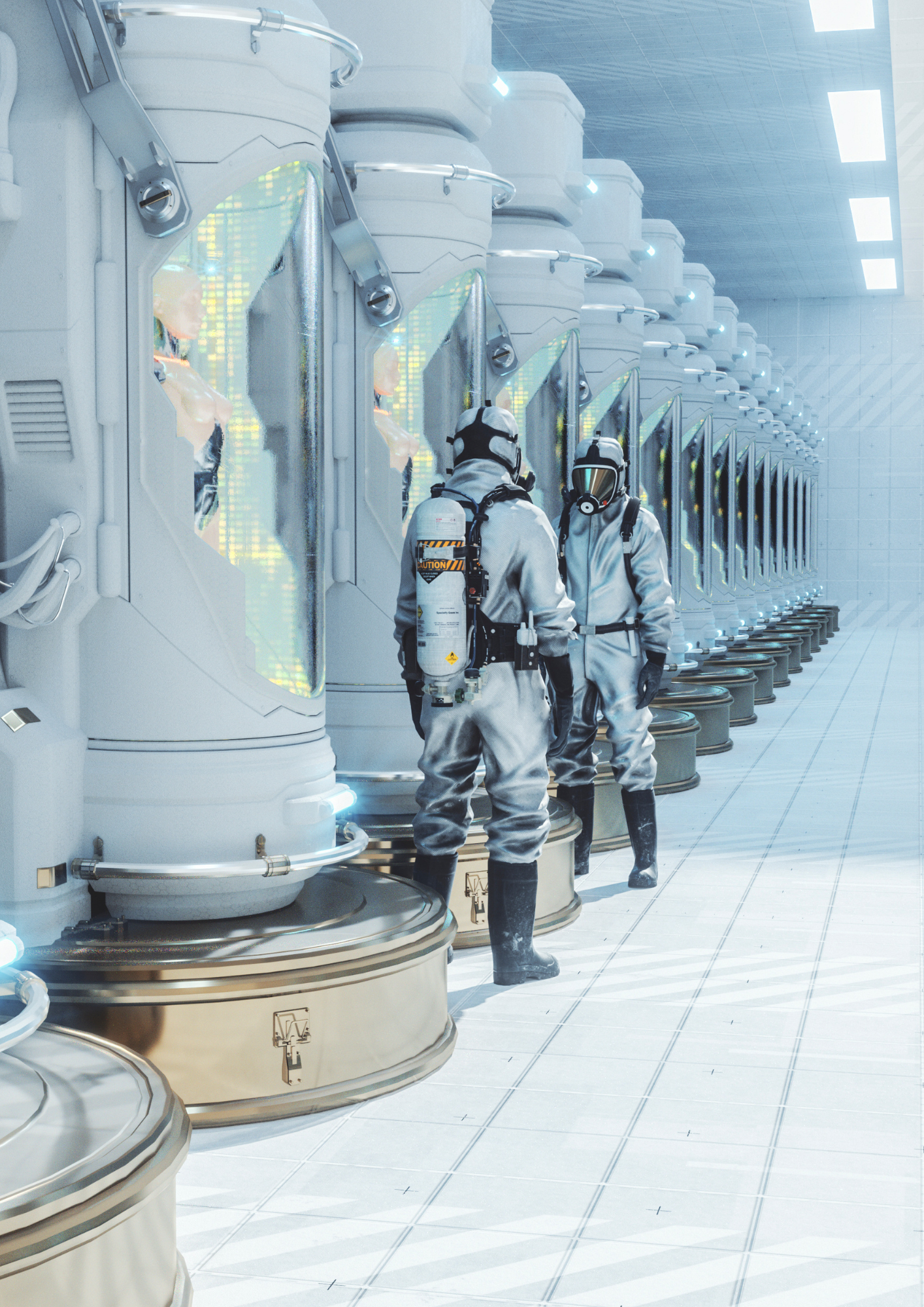
As we approach 2024, the demand for cryogenic gases in the United States is on the rise, particularly in the field of medical gases.
Cryogenic gases, known for their extremely low temperatures, play a vital role in various industries, including healthcare. With advancements in medical technology and the growing need for innovative treatments, the demand for cryogenic gases is expected to soar in the coming years.
Cryogenic gases, such as liquid nitrogen and liquid oxygen, are essential for a wide range of medical applications. One of the key uses of these gases is in cryosurgery, a procedure that involves freezing and destroying abnormal tissues, including tumors. Cryosurgery has gained popularity in recent years due to its minimally invasive nature and high success rates. Liquid nitrogen, with its ultra-low temperature of -196 degrees Celsius, is the cryogenic gas of choice for this procedure.
Another crucial application of cryogenic gases is in the field of cryopreservation. Cryopreservation involves freezing biological materials, such as cells, tissues, and organs, for long-term storage. This technique is particularly important for organ transplantation and stem cell research. Cryogenic gases provide the necessary freezing environment to maintain the viability of these biological materials, ensuring that they can be used when needed.
The use of cryogenic gases extends beyond medical procedures. In the pharmaceutical industry, cryogenic gases are used for the production and storage of certain medications. Some drugs require extremely low temperatures to maintain their stability, and cryogenic gases provide the ideal conditions for their preservation. Additionally, cryogenic gases are utilized in the manufacturing of medical devices, such as MRI machines and particle accelerators, which rely on superconducting magnets that require cryogenic temperatures to function efficiently.
The growing need for cryogenic gases in the United States can be attributed to several factors. Firstly, the advancements in medical technology and research have led to the development of innovative treatments that rely on cryogenic gases. As new therapies and procedures emerge, the demand for cryogenic gases will continue to increase. Additionally, the aging population and the rising prevalence of chronic diseases necessitate more sophisticated medical interventions, many of which rely on cryogenic gases.
Moreover, the COVID-19 pandemic has shed light on the importance of cryogenic gases in healthcare. The storage and transportation of vaccines, such as the Pfizer-BioNTech and Moderna COVID-19 vaccines, require cryogenic temperatures to maintain their efficacy. As vaccination efforts continue, the demand for cryogenic gases for vaccine storage and distribution will remain high.
To meet the growing need for cryogenic gases, the United States must focus on expanding its production capacities and ensuring a stable supply chain. The development of efficient cryogenic gas production facilities and storage infrastructure is crucial to meet the increasing demand. Additionally, investing in research and development to improve cryogenic gas technologies and enhance their safety and efficiency is essential.
In conclusion, the demand for cryogenic gases, especially in the field of medical gases, is set to rise in the United States heading into 2024. These gases play a crucial role in various medical applications, from cryosurgery to cryopreservation, and their importance cannot be understated. As the healthcare industry continues to advance and new treatments emerge, the need for cryogenic gases will only grow. It is imperative for the United States to prioritize the expansion of production capacities and invest in research to ensure a steady supply of these essential gases.
Ready to work with Metro Welding Supply Corp.?
Let's connect! We’re here to help.
Send us a message and we’ll be in touch.
Or give us a call today at 313-834-1660
Agency Contact Form
More Industry Tips, Tricks & Tools...
Industry Insights (i2)


